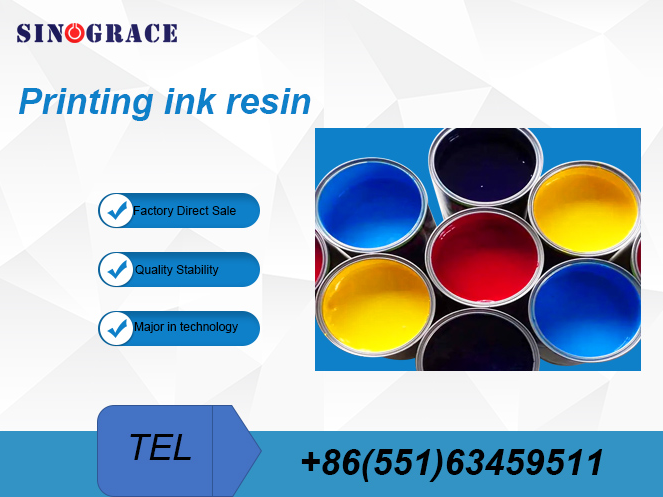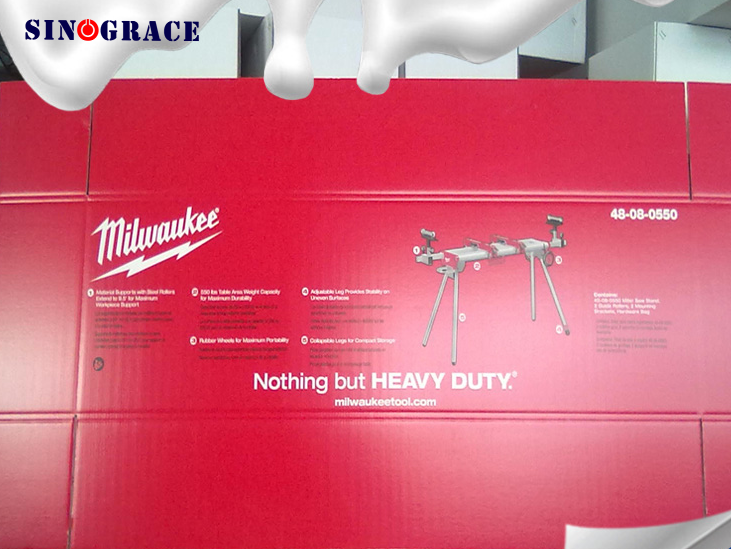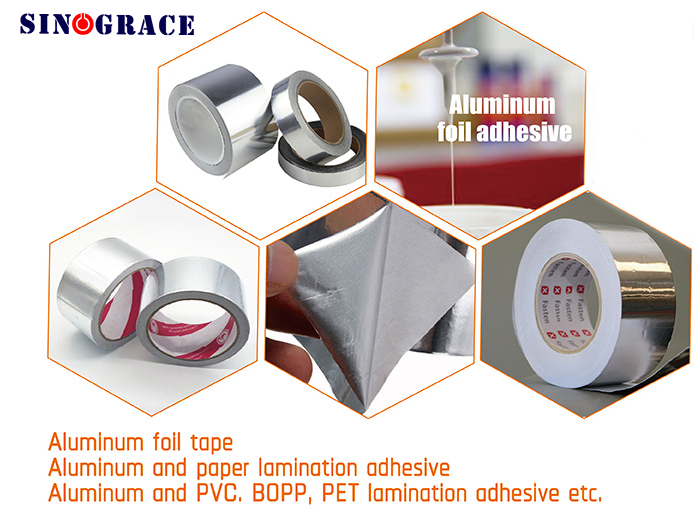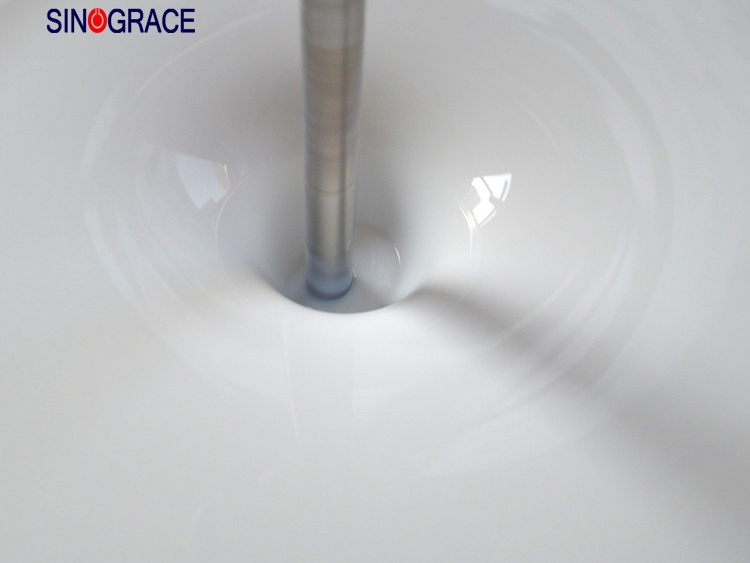The main components and classification of water-based ink
Water-based ink is referred to as ink, and flexible water-based ink is also known as liquid ink, which is mainly made of water-soluble resins, organic pigments, solvents and related additives by composite grinding processing. Water-based ink is especially suitable for tobacco, wine, food, beverages, medicines, children's toys and other packaging and printing products with strict sanitary conditions. Main components Water-based ink is composed of binder, pigment, additives and other substances of uniform slurry substance. The binder provides the necessary transfer properties of the ink, and the pigment gives the ink its color. Water-based ink binder is mainly divided into two types: water dilution type and water dispersion type. There are many types of resins that can be used in the former, such as maleic acid resin, shellac, maleic acid resin modified shellac, ulatan, water-soluble acrylic resin and water-based amino resin. Water-dispersed binder is obtained by polymerization of emulsified monomer in water, it is a two-phase system, in which the oil phase is dispersed in the water phase in a granular form, although it can not be dissolved by water, but it can be diluted by water, so it can also be considered as water-in-oil emulsion. Classification Modern inks are mainly divided into four categories according to the type of ink: Relief printing ink A type of ink used for printing books, newspapers, picture albums, bills, accounts, etc. The main feature of letterpress printing is that the inked part of the printed page is protruding from the non-inked part. Letterpress ink according to the type of printing machine and the use of printing products are divided into lead printing ink, copper printing ink, rotary letterpress ink, flexible letterpress ink. planographic printing ink A type of ink suitable for lithographic printing. Each part of the lithographic printing page is basically in a plane, the pattern is oil-wet, the non-pattern is water-wet, and the principle of oil-water repulsion is used for printing, so the lithographic ink must have water resistance. According to the process, it is divided into offset ink, web offset ink, flat offset ink, waterless offset ink, iron printing ink, lithographic ink. Gravure ink A type of inks suitable for gravure printing. When printing, ink is inked into the patterned part of the page, erase or scrape the ink of the non-patterned part, and then print. There are engraving intaglio ink and photogravure ink. Screen printing ink A type of ink that is printed by leaking through the plate's mesh onto the substrate surface. Screen printing ink is divided into stencil printing ink and screen printing ink. Water soluble resin Water-soluble resin or water-dispersed resin is the connection material of water-based ink, which has a great impact on the viscosity, adhesion, gloss, drying and printing adaptability of the ink. Water-based ink is made of water-based polymer emulsion, organic pigments, resins, surfactants and...
read more

 English
English français
français русский
русский español
español العربية
العربية








